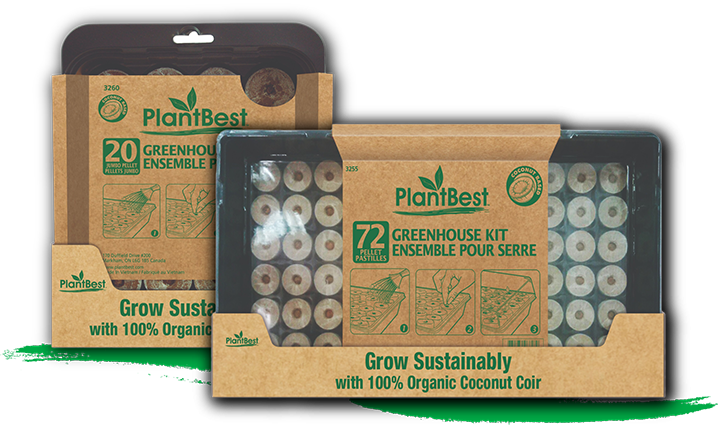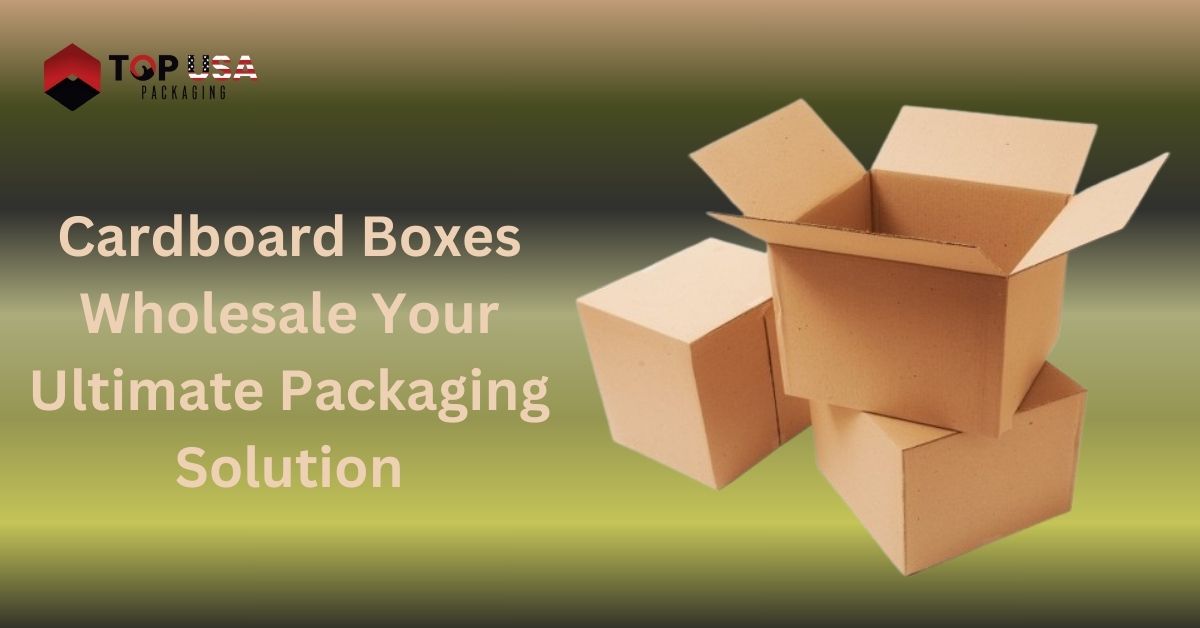Introduction
In the ever-evolving world of agriculture, the concept of “green growth” has become increasingly important. As environmental concerns rise and traditional farming practices face challenges, hydroponics has emerged as a sustainable solution. Hydroponics allows us to grow crops without soil, conserving water, and reducing the need for harmful chemicals. One of the key components that contribute to the success of hydroponic systems is the growing medium, and coconut coir, also known as coco peat, has gained immense popularity in this regard. In this article, we will delve deep into the world of coconut coir and explore how it can help you unlock green growth and attain hydroponic success
Chapter 1: Coco Peat – The Eco-Friendly Growing Medium
Coco peat, or coconut coir, is a versatile and eco-friendly substrate derived from coconut husks. Unlike traditional soil, coco peat is a renewable resource, as it is a byproduct of the coconut industry. This makes it an excellent choice for eco-conscious farmers and gardeners who want to minimize their environmental footprint.
The eco-friendliness of coco peat extends beyond its sourcing. When used as a growing medium in hydroponics, it significantly reduces the water and fertilizer requirements. Coco peat can hold water while providing excellent aeration, making it an ideal medium for plants to thrive in hydroponic systems. This combination of attributes not only promotes green growth but also ensures efficient resource utilization.
Chapter 2: The Many Benefits of Coconut Coir in Hydroponics
Excellent Water Retention: Coco peat can hold up to eight times its weight in water, making it an excellent choice for hydroponics. This unique property ensures that your plants receive a steady water supply, reducing the need for constant monitoring and watering.
pH Neutral: One of the challenges in hydroponics is maintaining the right pH level for plants. Coco peat is naturally pH neutral, allowing growers to adjust the pH to their desired range easily. This ensures optimal nutrient absorption and plant health.
Enhanced Aeration: Proper root aeration is crucial for plant development. Coconut coir’s natural texture allows for air to penetrate the root zone, ensuring that the roots receive the necessary oxygen they need to grow vigorously.
Low Ecological Impact: As a renewable and biodegradable resource, coconut coir has a low environmental impact compared to other growing media. By choosing coco peat, you contribute to a more sustainable and eco-friendly agricultural future.
Resistance to Diseases: Coco peat is naturally resistant to pests and diseases, reducing the need for chemical interventions in your hydroponic system.
Chapter 3: Types of Coconut Coir
There are different types of coconut coir available for hydroponics, each tailored to specific needs. The main types are:
Coco Peat Blocks: These are compressed blocks of dehydrated coconut coir, which expand when hydrated. They are a cost-effective choice and are easy to store and transport.
Coco Peat Chips: Coco peat chips are larger pieces of coconut coir, which provide excellent aeration and drainage. They are ideal for larger plants and mature hydroponic systems.
Coco Coir Mats: These mats are often used as a surface layer in hydroponic systems. They provide stability to the plants and reduce evaporation while retaining moisture.
Coco Coir Pellets: Pellets are a convenient option for seedlings and smaller plants. They are easy to handle and transplant.
The choice of coconut coir type depends on your specific hydroponic setup and the types of plants you intend to grow. Each type offers unique advantages, and experimenting with different forms can help you optimize your hydroponic system for green growth.
Chapter 4: Using Coconut Coir in Hydroponics
Now that we’ve established the benefits of coconut coir in hydroponics let’s explore how to use it effectively.
Hydrating Coco Peat: When working with compressed coco peat blocks or bricks, it’s essential to properly hydrate them before use. Immerse the block in water and allow it to expand fully. This process usually takes a few hours. Once expanded, you can break it apart and fluff it to ensure uniform moisture content.
Blending with Other Growing Media: Many hydroponic growers prefer to blend coconut coir with other growing media such as perlite or vermiculite to optimize water retention, aeration, and drainage.
pH Adjustment: Measure and adjust the pH of your coco peat to the desired level for the specific plants you are growing. A pH meter and pH adjusting solutions can help with this process.
Container or System Selection: Choose the appropriate hydroponic system or container based on the type of coconut coir you are using. For instance, coco coir chips may work well in a flood-and-drain system, while coco coir mats are suitable for vertical towers or raft systems.
Planting and Maintenance:
Plant your seeds or seedlings in coco peat and maintain proper moisture levels throughout the growth cycle. As coco peat tends to dry out more slowly than traditional soil, regular monitoring and irrigation are essential.
Chapter 5: Hydroponic Success Stories with Coconut Coir
The proof of any concept’s effectiveness lies in real-world results. Here are a few hydroponic success stories showcasing the remarkable performance of coconut coir:
1. Increased Yield with Coco Coir:
A hydroponic farmer in California reported a 30% increase in tomato yield after switching to coconut coir from traditional soil. The improved water retention and pH control were credited for this remarkable success.
2. Vertical Farming Triumph:
A vertical farming venture in Singapore achieved extraordinary success using coconut coir mats as their growing medium. The mats not only provided stability to the vertically grown crops but also helped conserve water and reduce maintenance efforts.
3. Sustainable Greens in Urban Environments:
In densely populated urban areas, space is a premium. Hydroponic systems using coconut coir have enabled urban farmers to grow greens and herbs in limited spaces efficiently. The sustainability factor is crucial in these settings as well.
Chapter 6: Addressing Concerns and Considerations
While coconut coir is an exceptional choice for hydroponics, it’s important to address a few concerns and considerations:
Salinity:
Some coconut coir products may contain high salt levels. It’s crucial to rinse and leach coco peat before using it to reduce the risk of salt accumulation, which can harm plant roots.
Nutrient Availability:
While coco coir is naturally low in nutrients, this also means you’ll need to provide a complete nutrient solution for your plants. Regular monitoring and adjustment are necessary to ensure optimal nutrient uptake.
Environmental Impact:
Although coconut coir is eco-friendly, its production can involve transportation and processing. Consider the overall environmental footprint, including transportation emissions, when using coconut coir in your hydroponic system.
Conclusion
The journey to unlocking green growth through hydroponics begins with the choice of a suitable growing medium. Coconut coir, or coco peat, has emerged as an eco-friendly, efficient, and versatile option for hydroponic growers. Its excellent water retention, pH neutrality, and resistance to diseases make it an ideal choice for green growth enthusiasts.
As we venture into a future where sustainable agriculture and resource conservation are paramount, coconut coir offers a glimpse of what’s possible. It not only boosts yields but also contributes to a more environmentally friendly and responsible agricultural sector.
So, whether you’re a seasoned hydroponics farmer or a newcomer to the world of soilless cultivation, consider the advantages of coconut coir. It’s a key ingredient in the recipe for hydroponic success and a greener, more sustainable future for agriculture. Embrace the green revolution, and watch your crops flourish with the help of coconut coir – your ally in unlocking green growth.
With the numerous benefits of coconut coir in hydroponics, it’s time to take the plunge and experience the transformation for yourself. Make the eco-conscious choice, harness the power of coconut coir, and unlock green growth in your hydroponic endeavors. Your plants and the planet will thank you for it.



